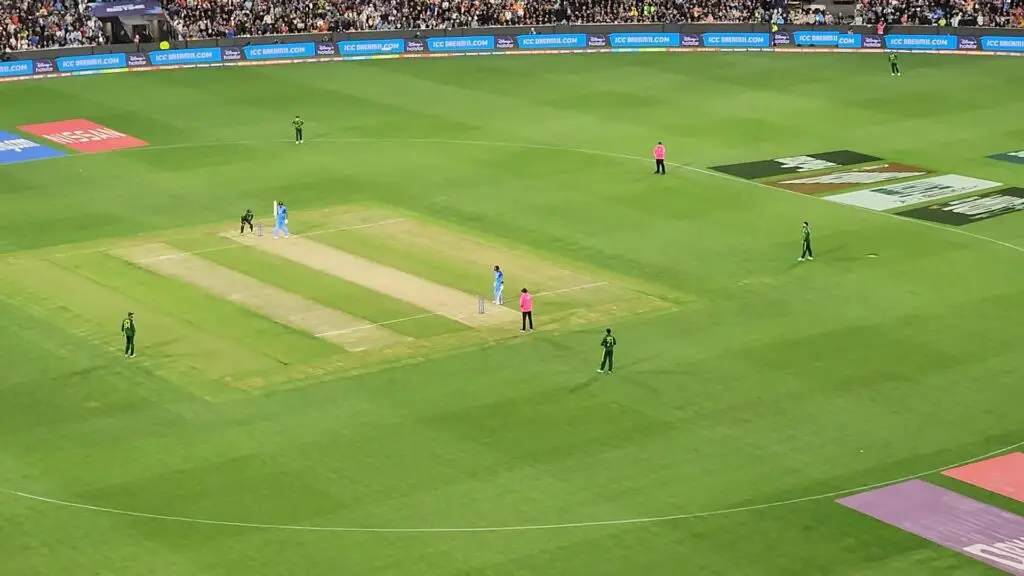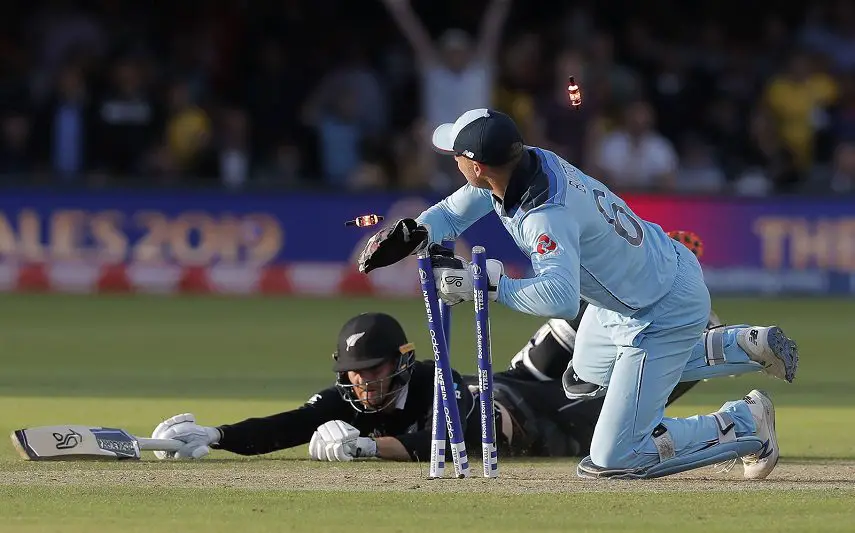Table of Contents
Cricket, a sport that originates in the heartlands of England, has traversed the boundaries of nations and cultures to captivate the hearts of millions worldwide. Its intricate blend of strategy, skill, and spirit brings players from different backgrounds together on a common playing field. Each player, donning the whites or the coloured jersey, has a pivotal role that can steer the course of a match. With this article, we journey into the very fabric of a cricket team, unravelling the mystery behind the number of players that form the core of this magnificent sport.
Number of Players in a Cricket Team
Traditionally, a cricket team boasts of 11 players. This number has stood the test of time, becoming an intrinsic part of cricketing folklore. But has it always been this way? Historically, variations have been based on local rules and informal games. Still, the number settled on 11 players as the standard, especially after the formalisation of cricket laws in the late 19th century.
Within these 11, there’s a dynamic interplay of roles.
We have the batsmen, whose graceful drives and powerful pulls send the ball across the boundary. Then there are the bowlers, the strategists aiming for that elusive wicket. The all-rounders bridge the gap between batting and bowling, bringing versatility to the squad. Last but certainly not least, the wicket-keeper stands guard, ready to stump out any batsman who dares venture too far.
The Captain and Vice-Captain
Leadership, in the realm of cricket, isn’t merely about wearing a different cap. The captain shapes the team’s strategy, reads the game’s pulse, and often makes split-second decisions that could swing the game. Alongside them, the vice-captain not only acts as a deputy but also provides a secondary strategic perspective. Their roles influence field placements, bowling rotations, and even the batting line-up.
The Reserves
While 11 players take to the field, lurking on the sidelines are the reserves. They are not just there to make up the numbers; they serve crucial purposes. These reserves can step in as substitute fielders, ensuring that injuries or fatigue don’t compromise the team’s fielding prowess. With the recent introduction of concussion substitutes, cricket acknowledged the potential dangers of head injuries, ensuring player safety remains paramount.
Different Formats, Different Player Counts?
From the five-day chess match of a Test to the frenzied action of T20, cricket has multiple formats. Yet, across Tests, ODIs, and T20s, the count remains consistent at 11. However, with innovations like The Hundred, the game is ever-evolving.
This new format does maintain the 11-player standard but with its unique set of rules and strategies. The increasing variety in cricket formats has also piqued the interest of fans involved in cricket betting, as they try to predict outcomes based on team compositions and strategies. Betting, while a form of engagement for many, also highlights the unpredictable nature of the sport, making every match even more riveting.
When Teams Can Be Short
It’s a rare sight, but teams sometimes take to the field with less than a full XI. Injuries, unforeseen circumstances, or tactical decisions might lead to such situations. However, there are clear rules and regulations. Typically, a team cannot start a match with fewer than 11 players, but if injuries occur during the game, they might finish with less than that. Historically, there have been instances, such as when England played with just 10 men against Australia in 1902 due to an injury before the match had begun.
Key Roles and Positions
A team’s composition is often a blend of strategy and available talent. The top order batsmen are usually the team’s best, shielding the others from the fresh ball and new bowlers. The middle order provides stability or acceleration, as needed. As we move to the tailenders, we often find players more known for their bowling prowess. However, they too can surprise with bat in hand. The bowlers vary from fast-paced seamers to cunning spinners. Central to the team’s balance are the all-rounders. Their ability to both bat and bowl provides the captain with additional options, making them invaluable assets.
Women’s Cricket
No discourse on cricket is complete without acknowledging the meteoric rise of women’s cricket. Garnering audiences and accolades worldwide, it’s a testament to the sport’s universality. Much like their male counterparts, women’s cricket teams also have 11 players. While the essence of the game remains the same, there are subtle differences in strategies and playing styles, enriched by a distinct flair and elegance. Both men’s and women’s cricket, though parallel, add unique dimensions to the rich tapestry of the sport.



